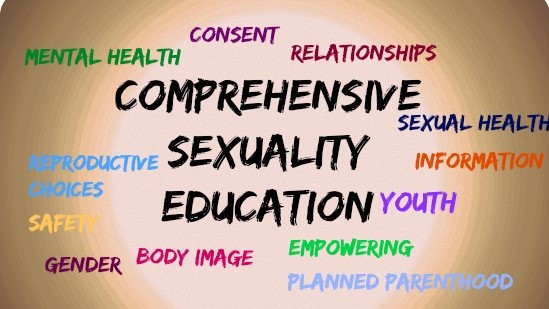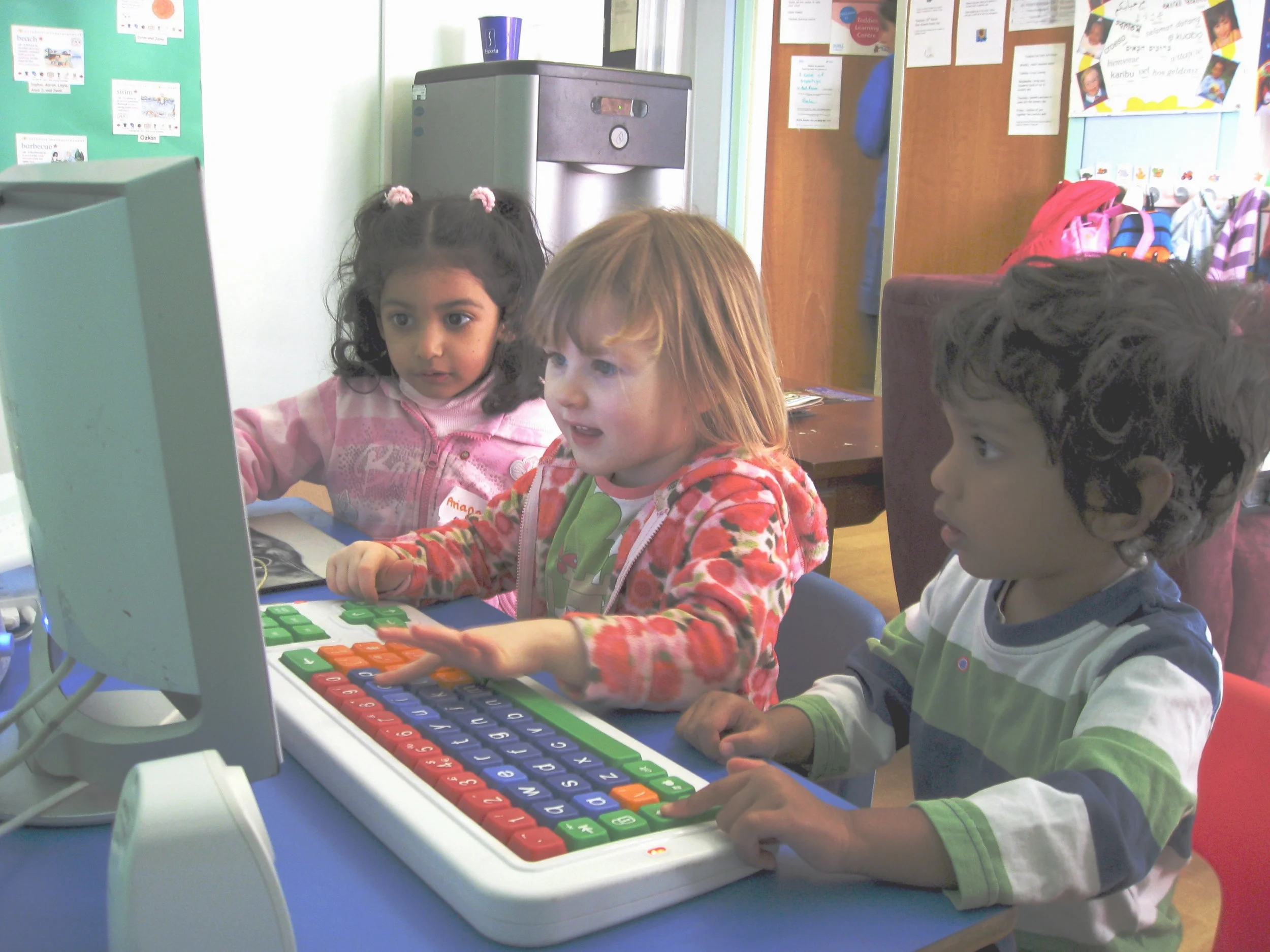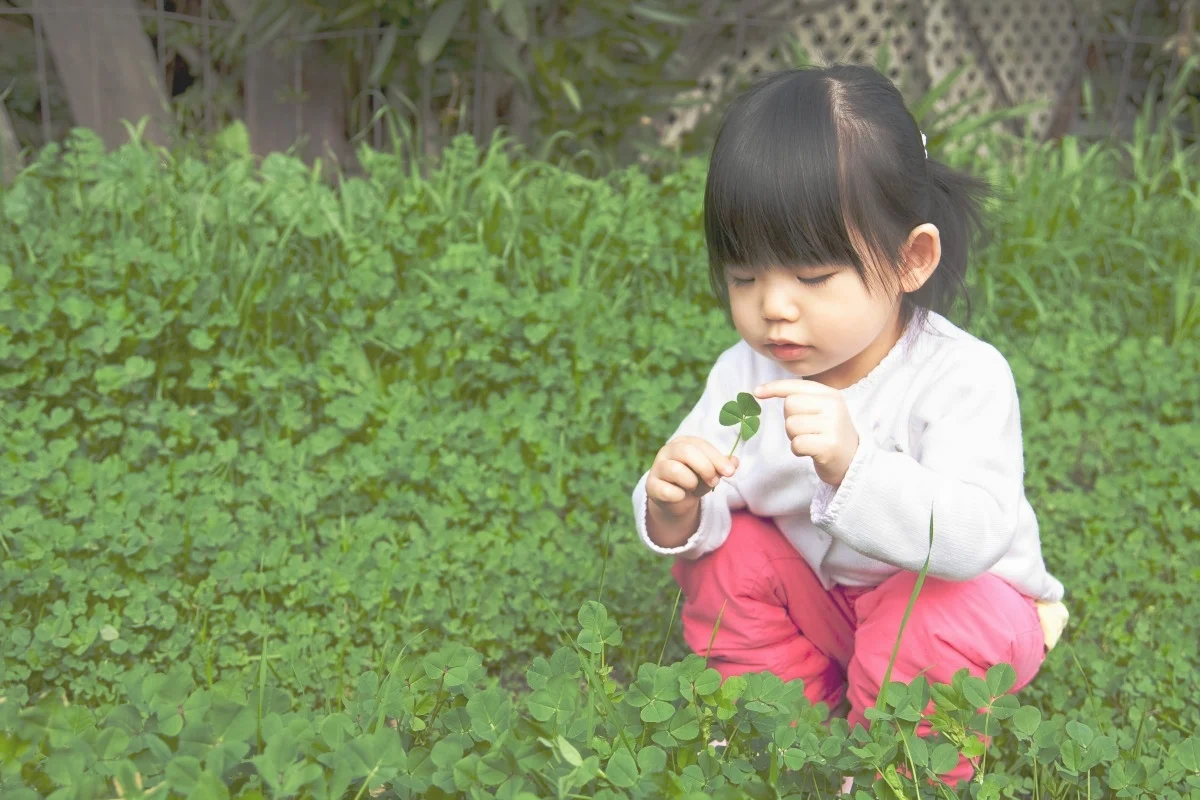By Amber Doniere
The case for teaching “Sex Ed” in America’s classrooms has historically been a controversial one. In fact, just hearing those words, or in this case reading them, can elicit many physical or emotional reactions. As a result, some children in the United States receive abstinence-only education. On the other hand, some parents feel sex education should only be discussed at home; and therefore, left to the will of the guardians, many children receive no sex education at all. But what if there was something that transcended those methods?
Comprehensive Sexuality Education
Photo Credit Foothills Unitarian Church
A relatively new phrase “comprehensive sexuality education” has been coined to describe “age appropriate, medically accurate information on a broad set of topics related to sexuality.” The long term outcomes of receiving such an education are what both parents and educators want for their children: higher academic achievement, reduced risk-taking, and healthy relationships. What does this type of education include?
If you were to step into a classroom with this curriculum, you wouldn’t hear the term “Sex Ed” come up. This is because sexuality is more than that; and the educating of our students about sexuality should be more than that. Just the mention of “Sex Ed” probably called up a range of experiences for you that were misinforming, embarrassing, or just plain not helpful. Lessons within a comprehensive sexuality education are designed to be just the opposite of that. They include a wide variety of topics such as human development, gender roles, boundaries, and self image, just to name a few. They are centered around having open and honest conversations in safe spaces and to get kids engaged in thoughtful dialogue with trusted adults and their peers.
Parents and teachers should both work in tandem to deliver this information to children because a one-sided view is not enough. Children should receive accurate information on sexuality from multiple trusted and reliable sources. Parents are more apt to communicate family values, while teachers may simply provide medically accurate information. If parents feel that they have a lack of knowledge, the skills to have such conversations, or the comfort to do so, teachers may also guide or advise parents by providing resources, understanding, and encouragement.
My Experience With Comprehensive Sexuality Education
This year I began my first experience teaching comprehensive sexuality education. I taught a first-grade class in a private school in New York City. I quickly learned that the biggest challenge would be my feelings about doing so, which had nothing to do with the kids. Thoughts of, “They’re too young.” or “What if they ask a really embarrassing question that I have to answer?” and memories of my own unpleasant experiences quickly surfaced. Knowing my students however, and their openness to the world and curiosity about it, quickly dispelled those questions and any other doubts or fears that I may have had. More importantly, my desire to do what is best for my students and to do my best by them was more important than those thoughts.
Towards the latter part of the year, we study plant and animal life cycles. During those units we too use scientifically accurate information. We gradually move from marveling about the life cycles of lima beans to engulfing ourselves in the life cycles of seeds and then butterflies. We then explore life cycles of animals, focusing predominately on mammals. The natural transition from there is to us – the life cycle of human beings.
The three lesson series focusing on comprehensive sexuality education focused on the developmentally appropriate basics - using proper names for anatomical parts, what is necessary for humans to reproduce, safe touches, and boundaries. We quickly learned that students brought a wealth of information to the table and our main job was just to meet our students where they were (needing to indulge in a particular fascination with the umbilical cord.) To address the wide variety of topics we always started with a book. Using books as an informal starting point also takes student and teacher feelings into account as they may be hesitant to talk about sexuality for a variety of reasons. Using a book as a jump-off point eases everyone involved as it is no longer about the student or teacher, but it becomes about the story in the book. Students can then relate to the characters in the book as teachers bring the subject back to the realities of everyday life.
We left plenty time for questions and provided medically accurate answers and in doing so walked the line of telling too much information and too little. However, the majority of questions that they asked were very simple and, more often than not, straight forward. They asked questions such as, “What if a baby has a baby?” and “How do mothers have two babies at once?” Our goals while having these open and honest conversations were: (1) to make sure that the conversation continued to be developmentally appropriate throughout, (2) children were learning and practicing using accurate language, (3) students remained open and curious about what they were learning, and (4) students were able to identify their “safety network of adults.” We identified ourselves as part of their “safety network” and left the door open for a continuing series of dialogue knowing that with their curious minds, more questions might come our way.
At the end of the lesson series, it seemed as like a weight had been lifted off our shoulders, both student and teacher alike. Our weight being the feelings surrounding teaching comprehensive sexuality education and the students weight being the some of uncertainties of the world around them and their position in it. There was a sense of relief on our students’ part as they realized that this was just the beginning of the things they would begin to learn about sexuality and that there were a multitude of trusted adults in their corners to guide them along the way.




















